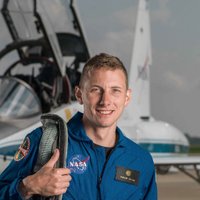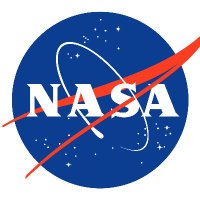
Nereide
@nereide
Physicist interested in Astrophysics & Particle Physics| Research in Math & Science Edu| Math & Science Writer| Teacher & Teacher Trainer| WomenInSTEM
ID: 6691762
https://www.linkedin.com/in/annarita-ruberto-3970507/ 09-06-2007 08:17:25
60,60K Tweet
7,7K Takipçi
68 Takip Edilen


It looks like someone painted the sky with a mix of chaos and beauty in this breathtaking image released 12 July 2023 on NASA Webb Telescope Telescope's first anniversary of first images revealed. The image displays only a tiny region of the Rho Ophiuchi cloud complex, which, located








1/2 NASA Webb Telescope just released this breathtaking mosaic of images featuring NGC 1333, a reflection nebula and a young region of very active star formation, located roughly 960 ly away in the Perseus molecular cloud. A research team, led by Adam Langeveld from Johns Hopkins









On THURSDAY, SEPTEMBER 12, at 5:30PM Eastern Time, I'll be giving an in-person talk at the Philadelphia Museum of Art (Philadelphia Museum of Art ) on: "The Quest for Cosmic Life." philamuseum.org/calendar/event…




NASA and Boeing welcomed #Starliner back to Earth at 12:01am ET (0401 UTC) on Saturday, Sept. 7, following the uncrewed spacecraft's landing in New Mexico—concluding its flight test to the International Space Station: go.nasa.gov/3Z9ZPaF













